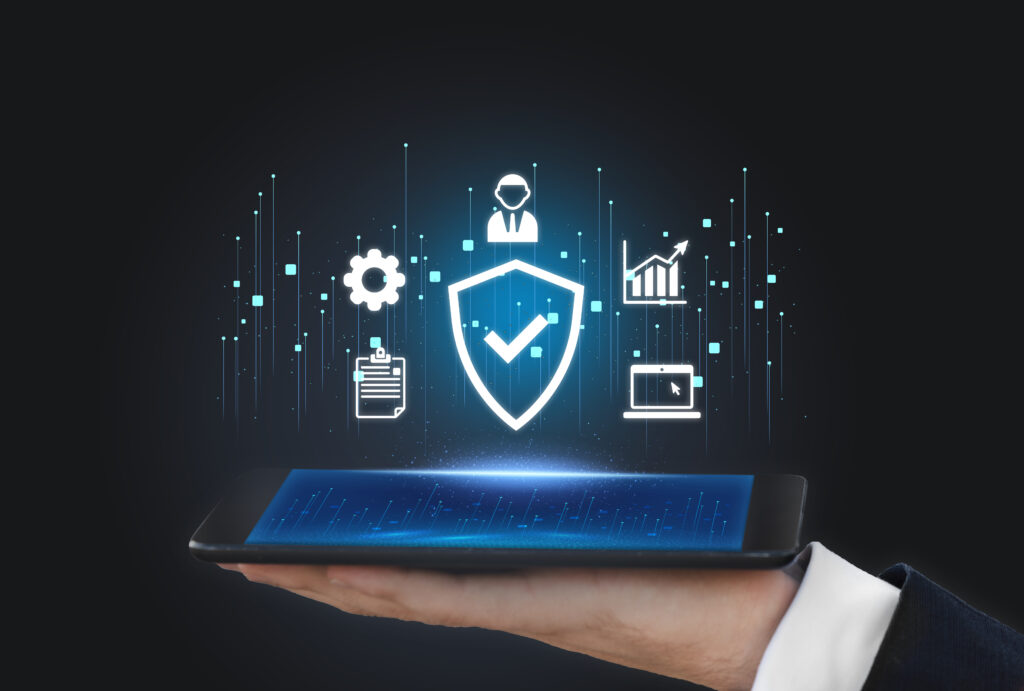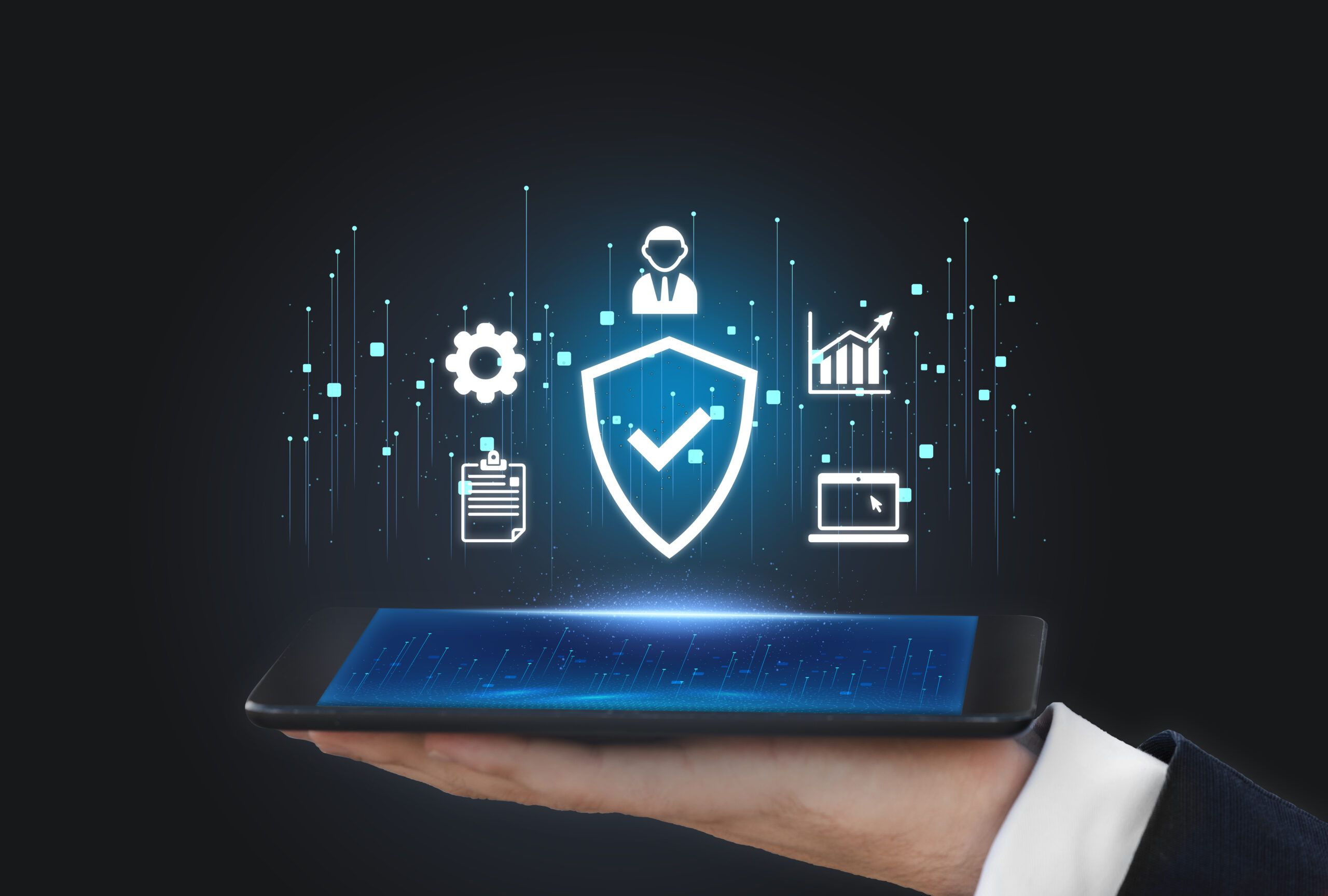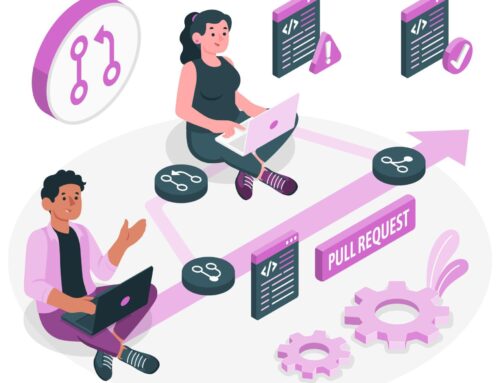In an age where our lives are increasingly intertwined with technology, the importance of cybersecurity cannot be overstated. From personal data breaches to large-scale cyber attacks on businesses and governments, the threats in the digital landscape are ever-present and constantly evolving.
In this comprehensive guide to cybersecurity, we delve into the intricacies of safeguarding our digital assets and privacy in the face of looming cyber threats. By understanding the nature of these threats and exploring best practices, we equip ourselves with the knowledge and tools to navigate the digital frontier securely.
Come along with us as we embark on a journey to explore cybersecurity and empower ourselves to stay protected in an increasingly connected world.
Definition of Cybersecurity

Cybersecurity is protecting systems, networks, and data from digital threats, encompassing a range of technologies, processes, and practices designed to safeguard against unauthorized access, data breaches, and malicious activities conducted over the internet or other digital channels.
What are the features of cyber security?
Cybersecurity features encompass components designed to protect digital systems, networks, and data from various cyber threats. Some key features include:
- Threat Detection and Prevention: Utilizing advanced technologies such as intrusion detection systems and firewalls to identify and thwart potential cyber threats in real time.
- Data Encryption: Employing encryption techniques to encode sensitive information, ensuring that data remains unreadable to unauthorized users even if intercepted.
- Access Control: Implementing authentication protocols, access permissions, and user role management to restrict access to systems and data only to authorized personnel.
- Incident Response: Establishing procedures and protocols for responding to cybersecurity incidents promptly, minimizing the impact of breaches, and restoring systems to regular operation.
- Vulnerability Management: Regularly assess and address weaknesses in systems and networks through vulnerability scanning, patch management, and security updates.
- Security Awareness Training: Educating employees and users about cybersecurity best practices, common threats, and proper handling of sensitive information to reduce the likelihood of human error leading to breaches.
- Regulatory Compliance: Ensuring adherence to industry-specific regulations and Regulations and guidelines that oversee data protection and privacy, for example, GDPR, HIPAA, or PCI DSS.
- Continual Monitoring and Improvement: Implementing ongoing monitoring of systems and networks for suspicious activities and continuously refining cybersecurity measures based on emerging threats and evolving technologies.
These features collectively contribute to a robust cybersecurity framework that helps organizations mitigate risks, safeguard sensitive information, and maintain the integrity and confidentiality of their digital assets.
Now that we’ve explored the foundational aspects let’s delve into specific manifestations of cyber threats.
Types of Cyber Attacks
Malware
Malware, short for malicious software, refers to a broad category of software programs Intended to penetrate, harm, or obtain unauthorized entry into computer systems and networks.
Typical forms of malware consist of viruses, worms, Trojans, and spyware. This harmful software can be disseminated through multiple channels like email attachments, compromised websites, or removable storage devices. Once implanted within a system, malware can execute various malicious activities and multiple nefarious activities, including stealing sensitive data, disrupting system operations, or even turning infected devices into botnets for launching further attacks.
As the Hindi proverb goes, “एक अकेला मच्छर पूरे खेत को बर्बाद कर सकता है” (One nasty mosquito can spoil the entire field), highlighting how a single instance of malware can have widespread and detrimental effects on digital environments if left unchecked.
Phishing
Phishing is a deceptive tactic Utilized by cybercriminals to dupe individuals into divulging sensitive information, such as usernames, passwords, or financial data, by masquerading as a trustworthy entity.
These attacks typically involve sending fraudulent Emails or messages that seem to come from authentic sources., such as banks, government agencies, or reputable companies. These messages often contain urgent requests or enticing offers, prompting recipients to click on malicious links, download malicious attachments, or enter their confidential information on spoofed websites.
Once the data is acquired, cybercriminals can utilize it for many malicious intents, encompassing identity theft, financial fraud, or unauthorized account entry. This type of attack underscores the importance of being vigilant and verifying the authenticity of communications before divulging sensitive information, as the Hindi proverb wisely advises, “चोर कोई ना बोले, मैं रंग खेलूंगा” (Let no thief know my name, I’ll play games of colors), emphasizing the value of secrecy and caution in the face of potential threats.
Ransomware
Ransomware represents an especially treacherous type of malware that encrypts the victim’s files or locks them out of their systems, effectively holding their data hostage until a ransom is paid. This attack often begins with downloading a malicious file or exploiting a vulnerability in the victim’s system. Once activated, the ransomware encrypts files or locks the victim out of their system, displaying a ransom note demanding payment, usually in cryptocurrency, in exchange for a decryption key or the restoration of access.
Ransomware attacks can devastate individuals and organizations, causing data loss, financial harm, and reputational damage. As the Hindi proverb goes, “जब धरती फटने लगे तो आप कौन से रंग रंगेंगे?” (When the earth starts to crack, what colors will you paint?), highlighting the urgency and helplessness felt by victims of ransomware attacks when faced with the threat of losing access to their valuable data.
DDoS Attacks
Distributed Denial of Service (DDoS) attacks are orchestrated Efforts to disrupt the regular operation of a specific system, network, or service by inundating it with an excessive volume of traffic from numerous sources.
These attacks typically involve botnets—networks of compromised computers or devices infected with malware—to generate a massive volume of requests or traffic directed at the target, causing it to become inaccessible to legitimate users. Distributed Denial of Service (DDoS) attacks can have substantial consequences for businesses and organizations, including downtime, revenue loss, and harm to their reputation.
In the face of such attacks, victims often find themselves in a helpless situation, akin to the Hindi proverb, “अपने पाँव पर कुल्हाड़ी मारना” (Hitting an axe on one’s foot), emphasizing the self-destructive nature of DDoS attacks and the challenge of defending against them effectively.
Insider Threats
Insider threats pertain to individuals within an organization who abuse their authorized access privileges to compromise the confidentiality, integrity, or availability of sensitive information or systems. The insiders in question could be existing or former staff members, contractors, or business partners with legitimate access to the organization’s resources but abuse that trust for personal gain or malicious intent.
Various insider threats include intellectual property theft, unauthorized access to confidential data, sabotaging systems or networks, or disseminating sensitive information to external parties. The consequences of insider threats can be significant and may result in financial losses, regulatory violations, and damage to the organization’s reputation.
The proverb “घर का भेदी लंका ढाए” (The insider sets Lanka on fire) aptly captures the essence of insider threats, highlighting how individuals with intimate knowledge of an organization’s inner workings can pose significant risk if their intentions turn malicious.
Now that we’re familiar with several cyber threats let’s focus on exploring the optimal strategies and techniques for ensuring cybersecurity.
Cybersecurity Best Practices

Password Management
Effective password management protects accounts and sensitive data from unauthorized access. Strong passwords should be complex, incorporating An amalgamation. This refers to combining uppercase and lowercase letters, numbers, and special characters.
Avoid using easily guessable information such as birthdays or common words. Furthermore, using unique passwords for each, It’s crucial to have individual accounts to prevent a single breach from compromising multiple ones. Accounts.
Password managers can help generate and securely store complex passwords, reducing the risk of password-related vulnerabilities. Additionally, regular password updates and two-factor authentication add extra layers of security, making it more challenging for attackers to gain unauthorized access.
Software Patching and Updates
Regularly updating software and applications is essential for addressing security vulnerabilities and weaknesses that cybercriminals may exploit. Software vendors issue patches and updates to rectify issues and bugs, improve functionality, and enhance security features.
Failure to install updates promptly can leave systems susceptible to known vulnerabilities, increasing the risk of exploitation. Automated patch management tools can streamline the update process, ensuring systems remain up-to-date with the latest security patches.
Additionally, organizations should establish patch management policies and procedures to prioritize critical updates and minimize potential disruptions to operations.
Secure Communication Channels
Communication channels protect sensitive information transmitted over networks and the internet. Encryption technologies such as SSL/TLS encrypt data in transit, preventing unauthorized interception and eavesdropping.
Secure email protocols like PGP (Pretty Good Privacy) or S/MIME (Secure/Multipurpose Internet Mail Extensions) encrypt email messages, safeguarding them from unauthorized access.
Virtual Private Networks (VPNs) create secure tunnels for transmitting data between remote locations, protecting confidentiality and integrity. Implementing robust access controls and monitoring network traffic can further enhance communication security, ensuring only authorized users can access sensitive information.
Multi-factor Authentication
Multi-factor authentication (MFA) enhances security by necessitating users to confirm their identity through multiple means, including passwords, biometrics, or one-time codes. Even if attackers obtain login credentials, they need additional verification to access the account, reducing the risk of unauthorized access.
MFA is particularly effective in mitigating the threat of credential theft and brute force attacks. Popular authentication methods include SMS-based codes, authenticator apps, biometric authentication (e.g., fingerprint or facial recognition), and hardware tokens. Organizations can significantly enhance account security and thwart potential cyber threats by implementing MFA across various systems and platforms.
Regular Security Audits and Assessments:
Regular security audits and assessments are essential to pinpointing vulnerabilities, evaluating security controls, and ensuring compliance with industry regulations and standards. These audits may include penetration testing, vulnerability scanning, and security risk assessments to assess the efficacy of current security measures and pinpoint areas for enhancement.
Organizations can proactively detect and mitigate security weaknesses by conducting regular audits before attackers exploit them. Additionally, security audits provide valuable insights into emerging threats and evolving attack vectors, enabling organizations to adapt their cybersecurity strategies accordingly.
Conclusion
With a comprehensive understanding of cybersecurity, it is evident that safeguarding our digital assets and privacy requires a multifaceted approach. By adopting strong security measures, remaining knowledgeable by staying informed about emerging threats, and cultivating a culture of cybersecurity awareness, individuals and organizations can confidently mitigate risks and navigate the digital landscape. Remember, cybersecurity isn’t a single task but an ongoing endeavor of adaptation and improvement to stay ahead of cyber threats.
If you still have any questions, please feel free to contact us. We will be happy to help you.
Thanks for reading :)
Discussion
Related Posts
If you enjoyed reading this, then please explore our other articles below:

We’re Waiting To Help You
Get in touch with us today and let’s start transforming your business from the ground up.






